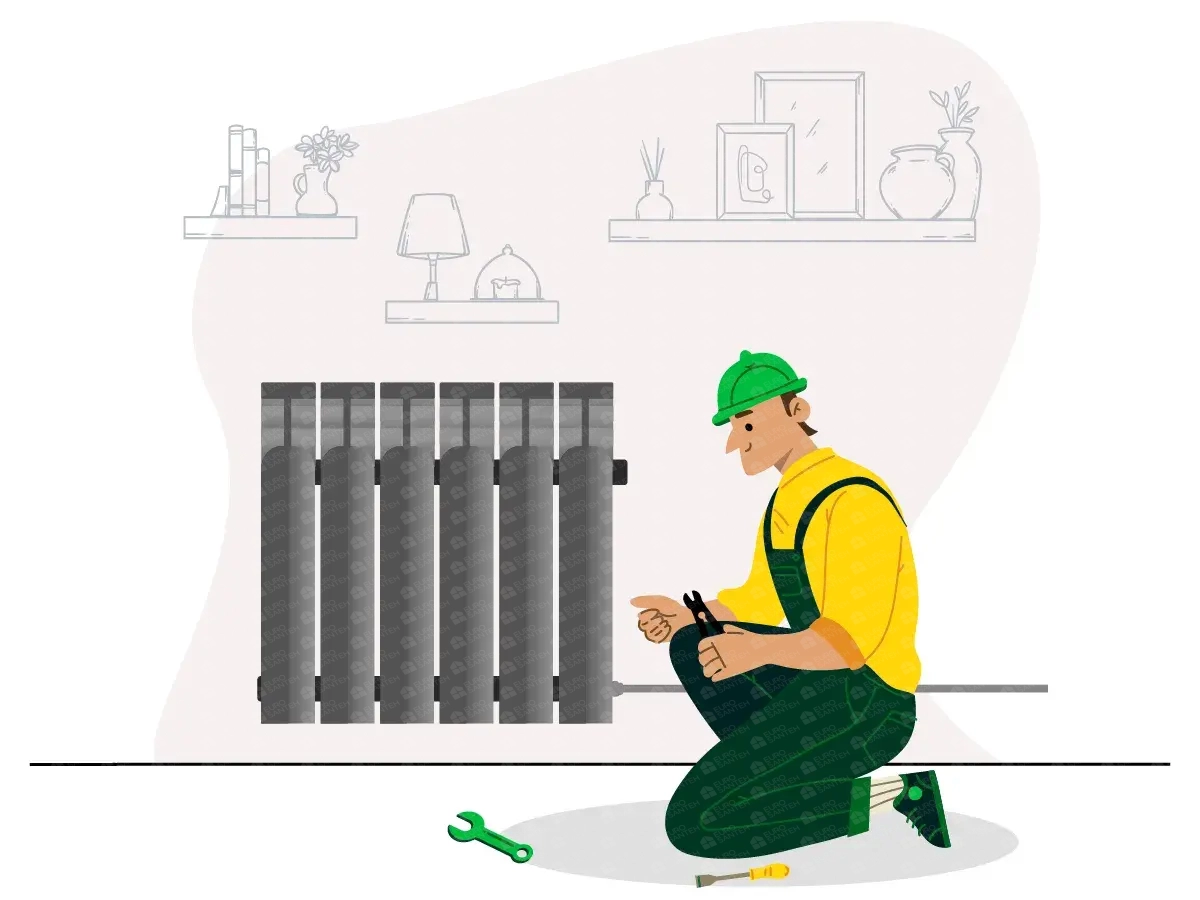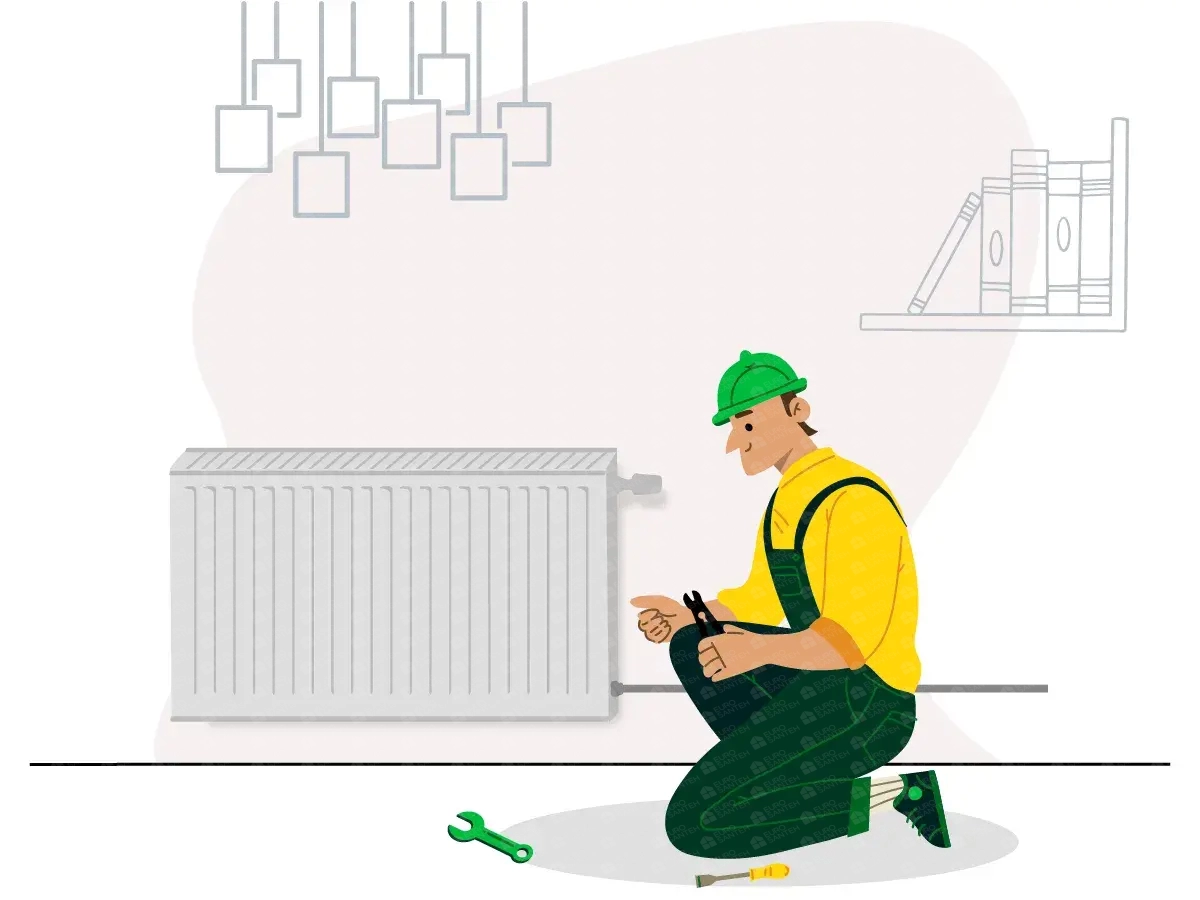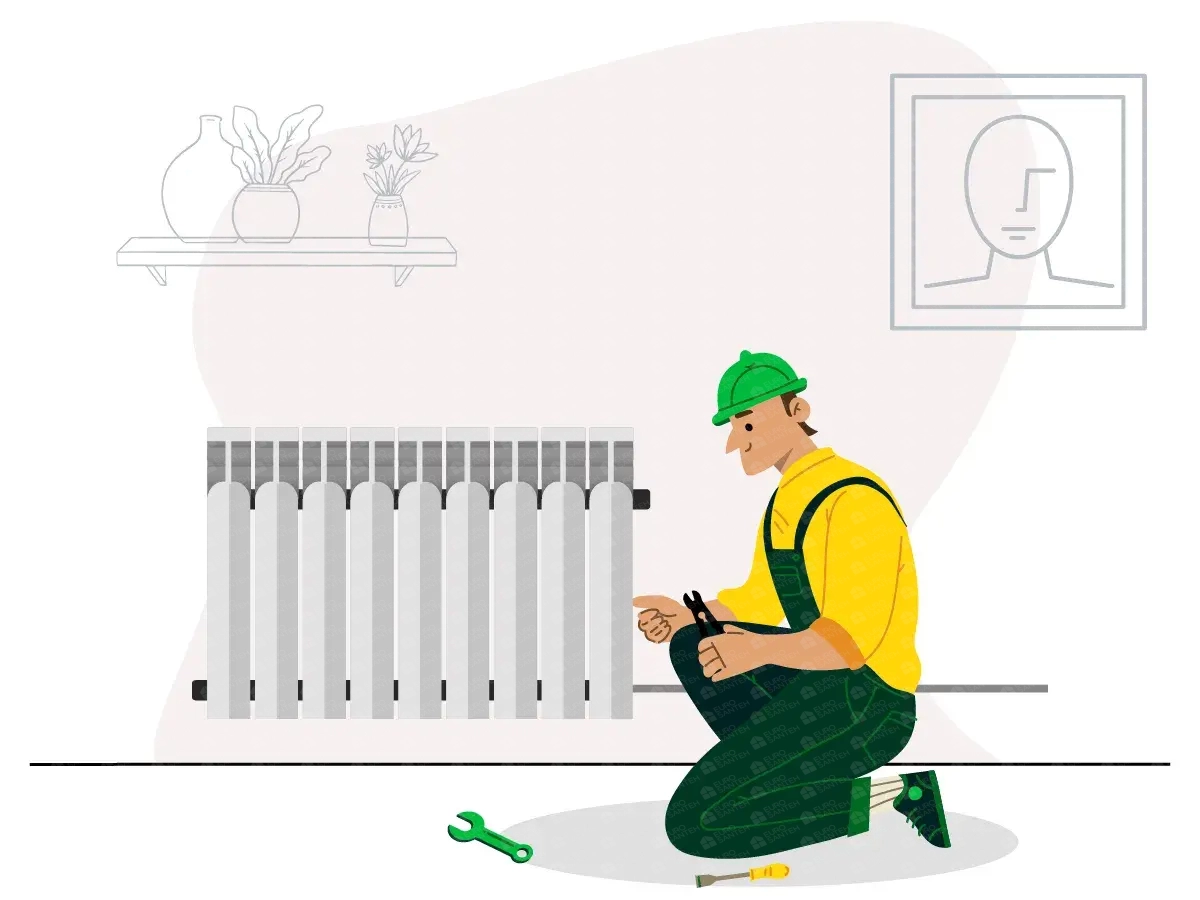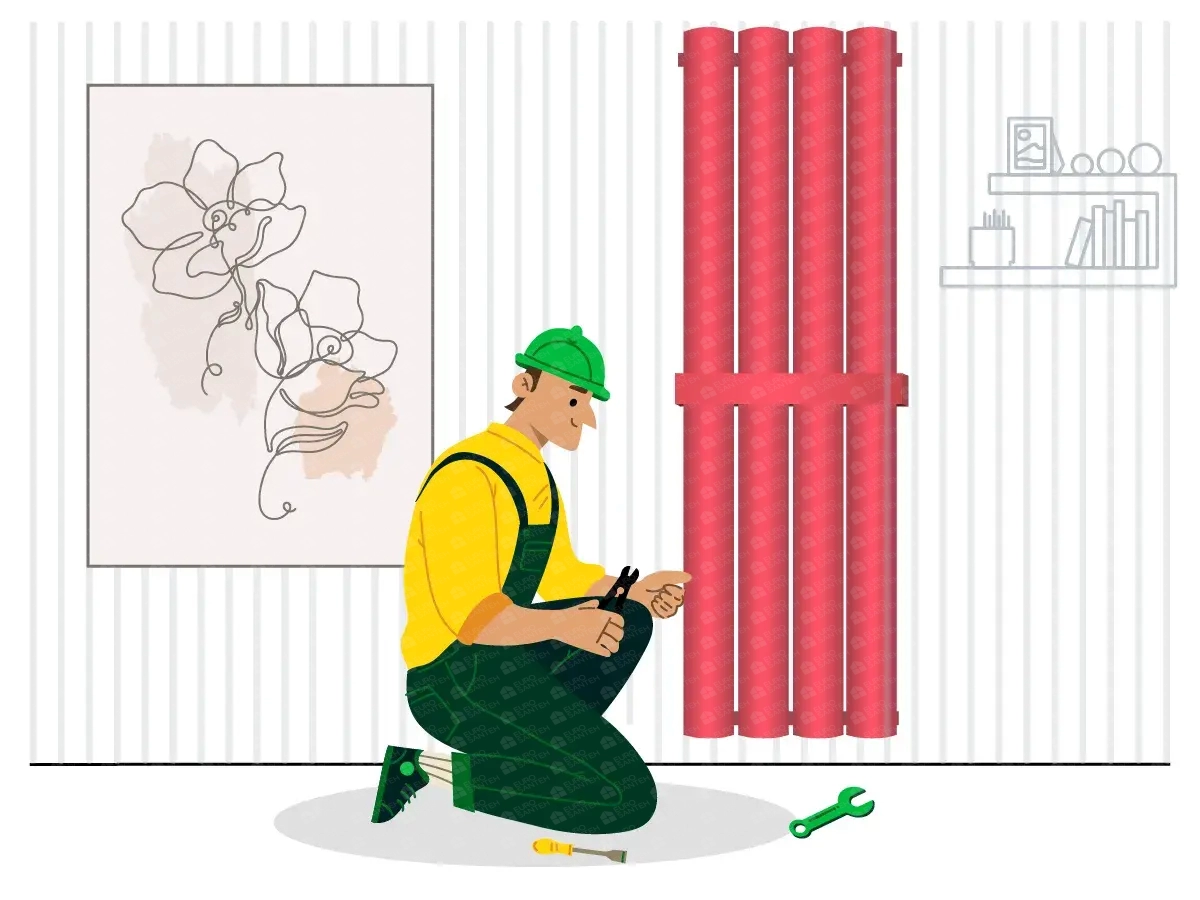Installation of radiators
The installation of radiators plays a pivotal role in creating a warm and comfortable living space. In this comprehensive guide, we will delve into the key aspects of radiator installation, the benefits it brings, and its impact on the overall efficiency and comfort of your home.
Key Stages of Radiator Installation:
Pre-Installation Assessment: The process begins with a detailed assessment of your heating needs, the size of your living space, and the most suitable type of radiators. This initial evaluation is crucial for determining the right radiator system to meet your specific requirements.
Selecting the Right Radiators: Choosing the right radiators is essential for efficiency. Consider factors such as the size of the room, the desired heat output, and the overall aesthetics to ensure the selected radiators align with your heating goals.
Site Preparation: Before installation, the site needs to be prepared. This involves assessing the location for optimal placement, ensuring proper ventilation, and making any necessary adjustments to accommodate the new radiators.
Professional Installation: The actual installation is a task best left to professionals. Skilled technicians will position the radiators correctly, connect them to the heating system, and ensure all safety measures are in place. Proper installation is crucial for the longevity and efficient operation of the radiators.
Testing and Calibration: After installation, rigorous testing is conducted to verify that the radiators operate as intended. This includes checking for leaks, ensuring proper pressure levels, and fine-tuning the settings for optimal performance.
Benefits of Radiator Installation:
Efficient Heating: Radiators provide efficient and even heating throughout your living space, ensuring a consistently warm and comfortable environment.
Customizable Solutions: Radiators come in various types and styles, offering customizable solutions to match the aesthetics of different rooms in your home.
Energy Efficiency: Modern radiators are designed with energy efficiency in mind, contributing to lower energy bills and reduced environmental impact.
Quick Warm-Up Time: Radiators heat up quickly, providing almost instant warmth when needed. This is particularly advantageous during colder seasons.
Maintenance Tips:
Bleeding Radiators: Periodically bleeding your radiators helps release trapped air, ensuring they operate at maximum efficiency.
Regular Cleaning: Keeping the radiators clean from dust and debris contributes to their optimal performance.
Environmental Considerations:
Energy Source: Consider the energy source used in your heating system, such as renewable energy or high-efficiency boilers, to minimize environmental impact.
Durable Materials: Opt for radiators made from durable and recyclable materials to reduce the environmental footprint.
Conclusion:
The installation of radiators is not just about providing warmth; it's about creating a cozy and energy-efficient home. Professional installation and regular maintenance are essential for optimal performance. Choose the right radiators for your needs and enjoy the benefits of efficient heating and enhanced comfort in your home.











